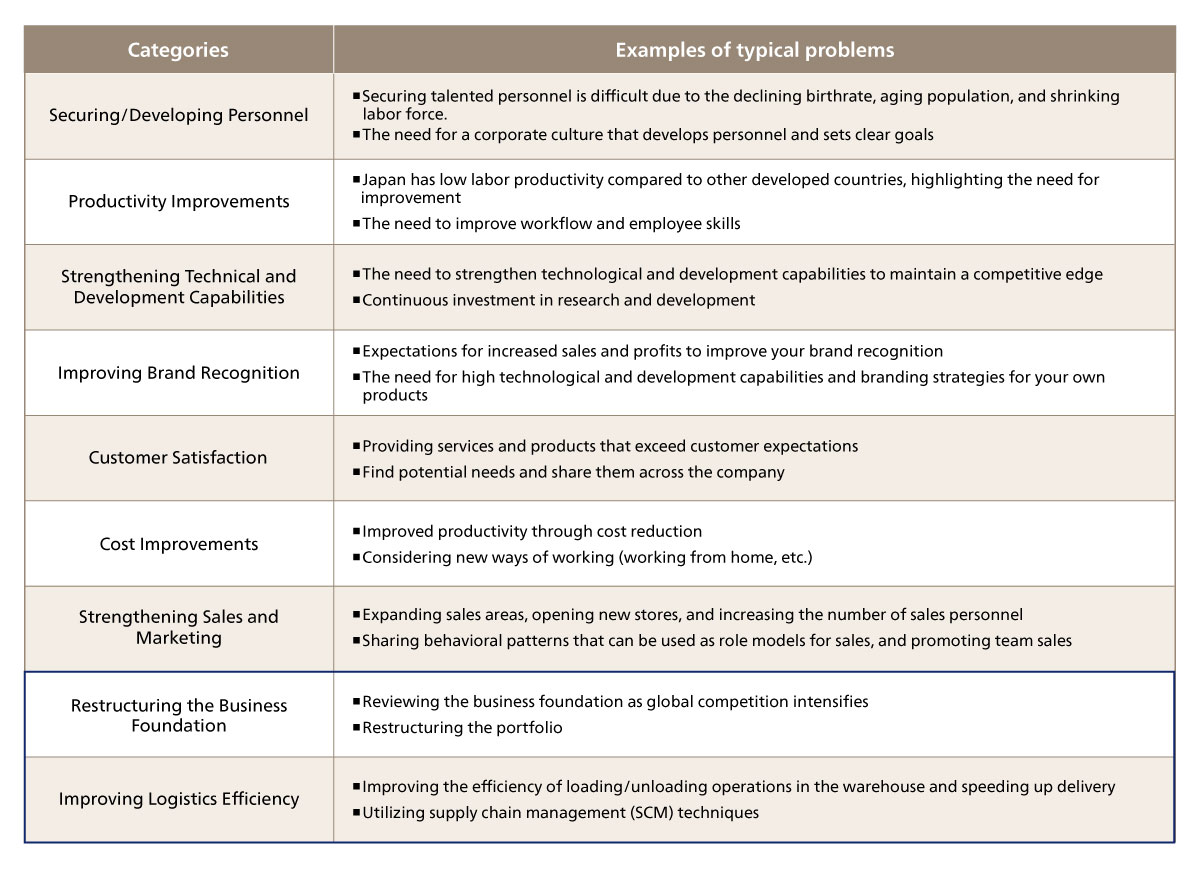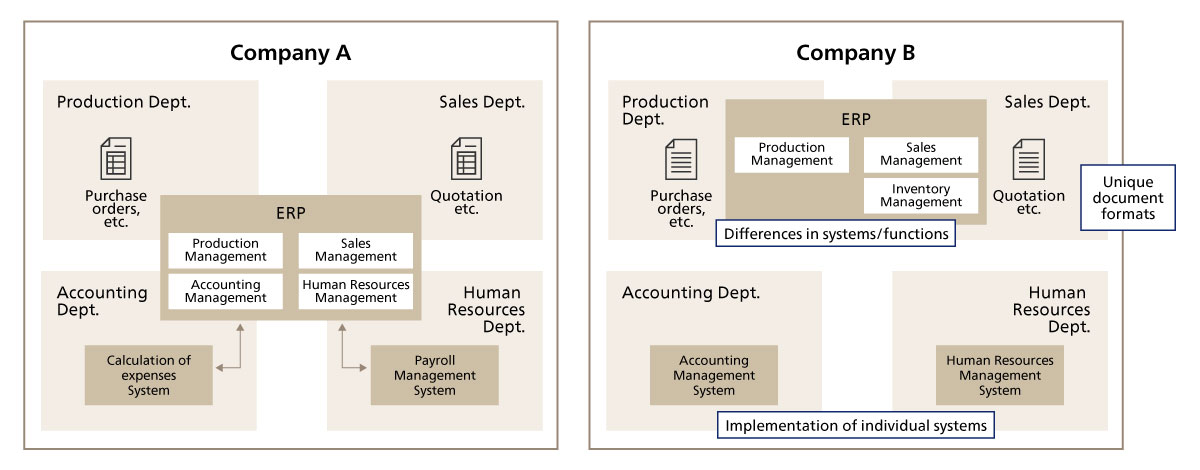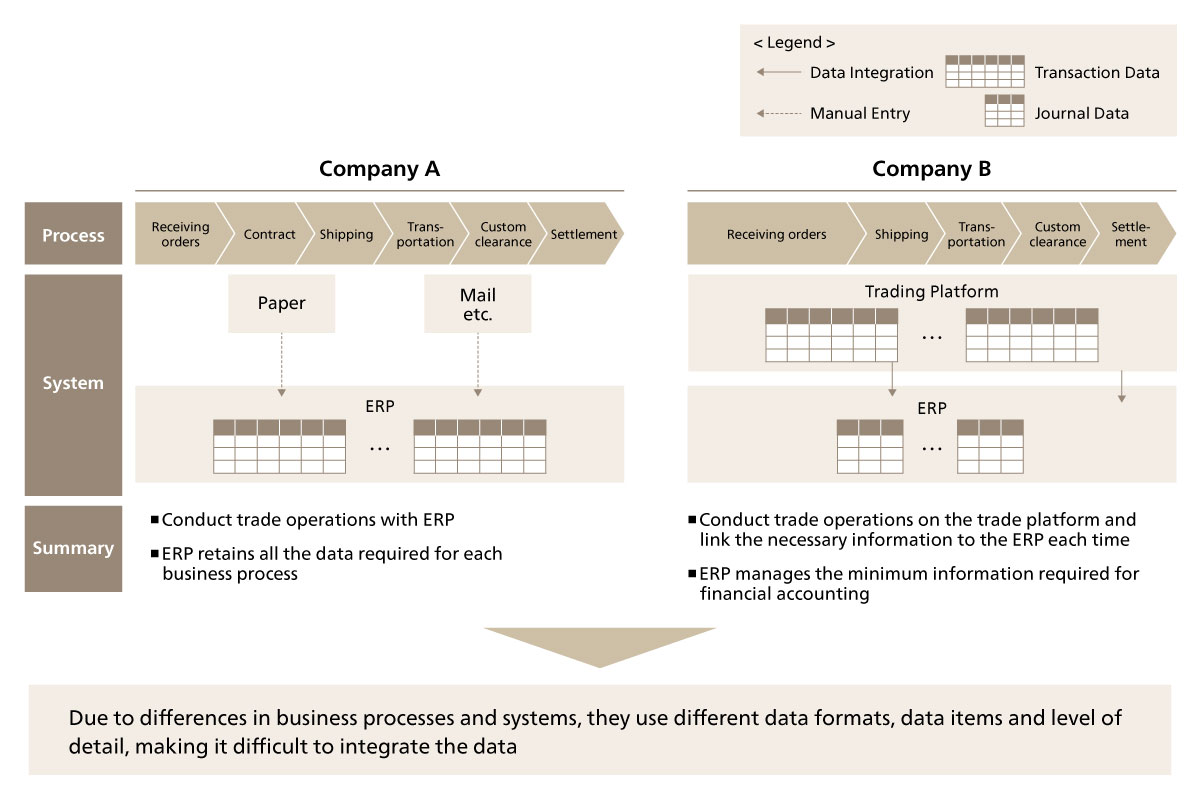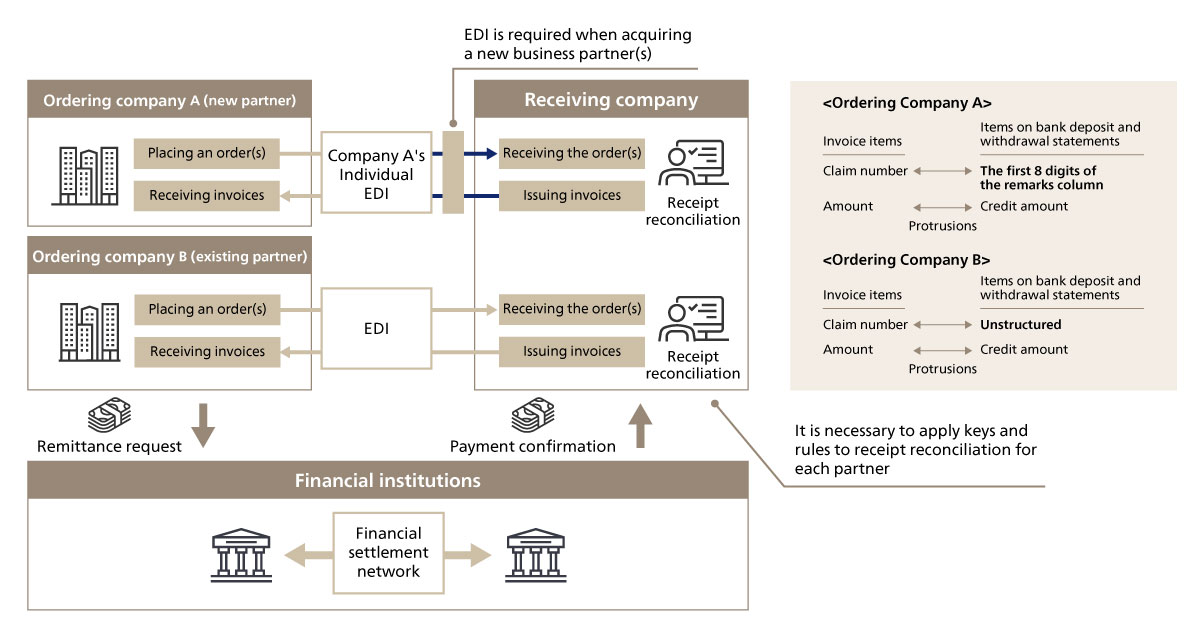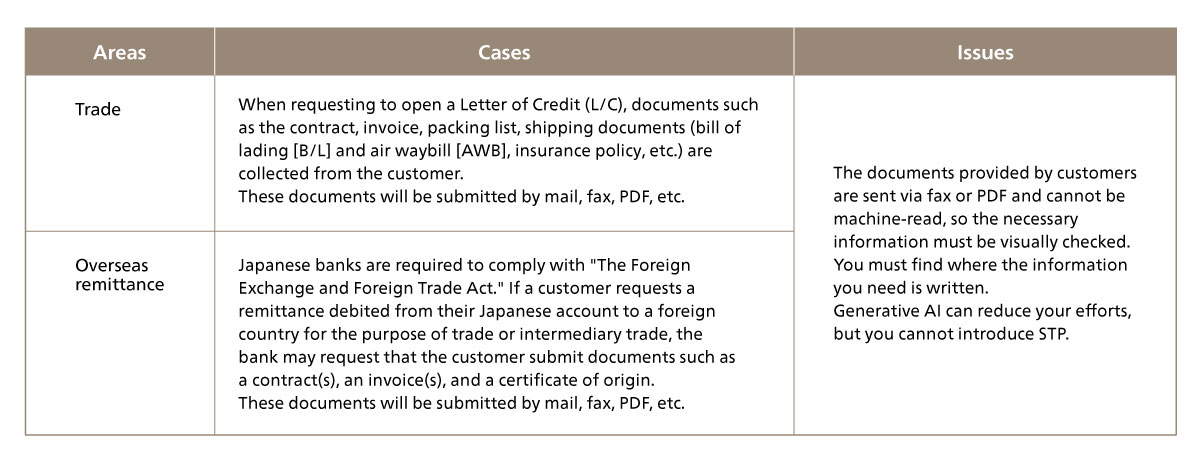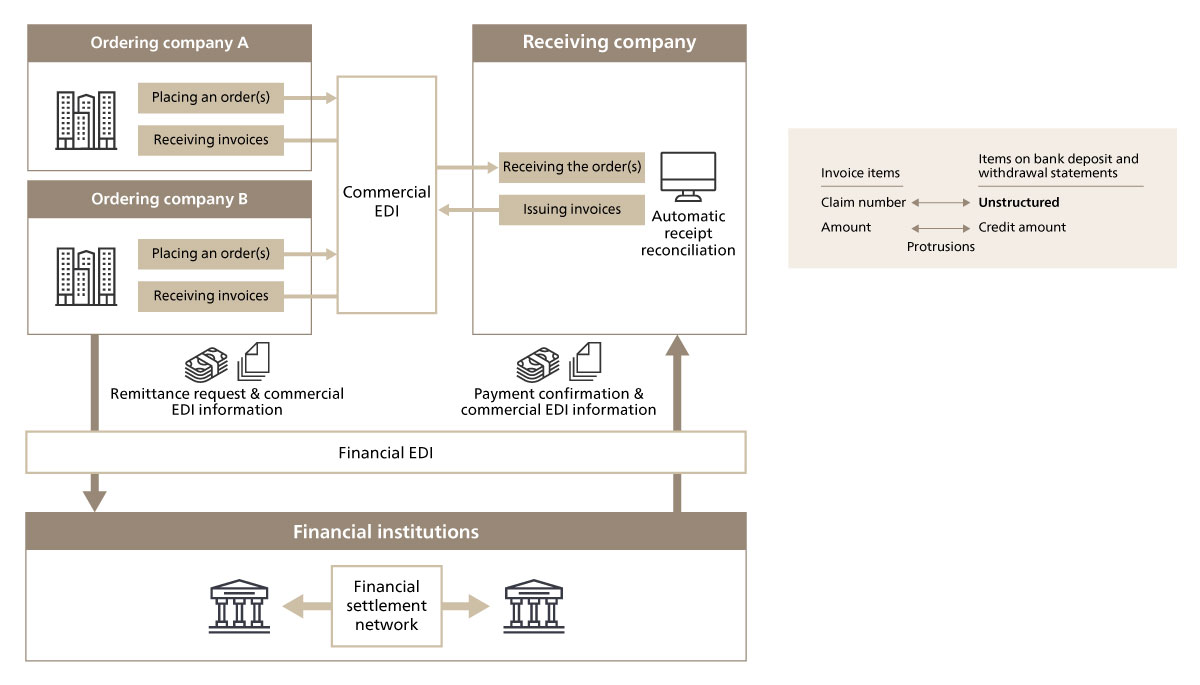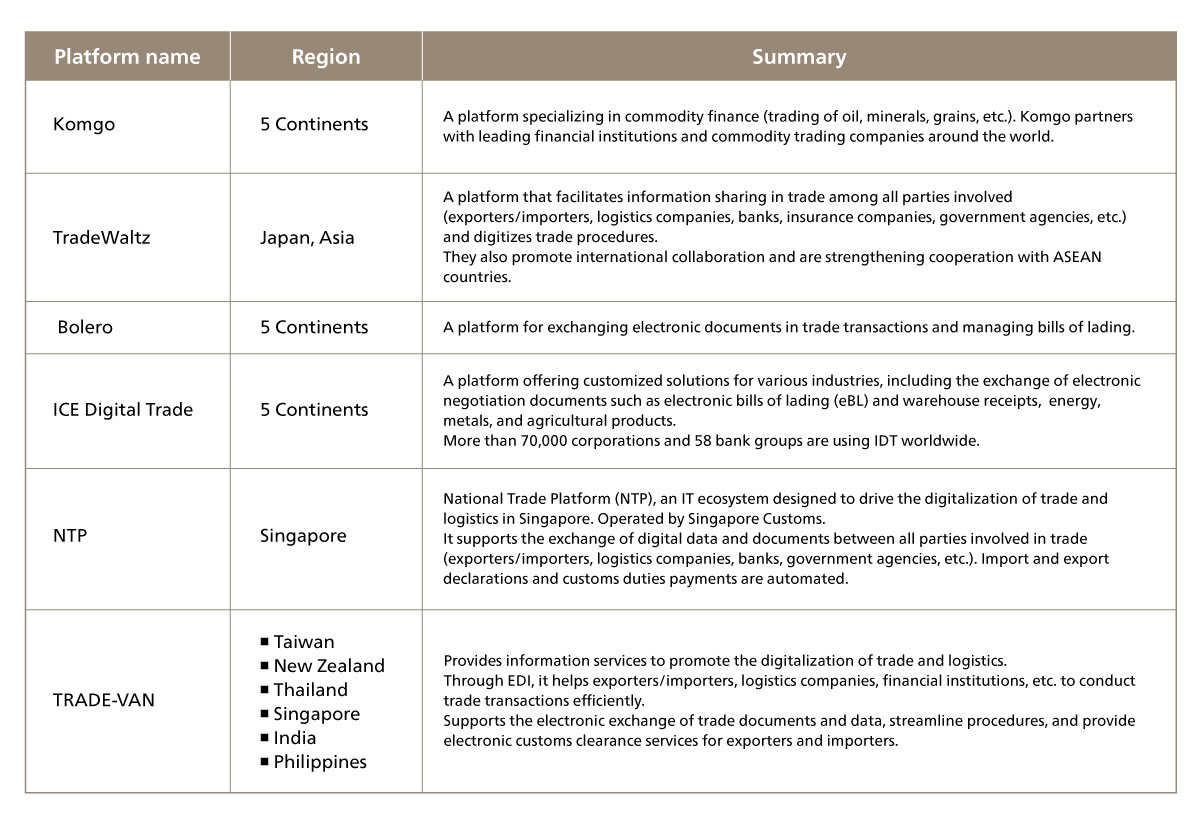Many companies and banks have responded to ISO 20022, and this Insight states that standardizing their own data may allow them to use AI more effectively, automate processing, and transform them into agile organizations.
There are still data formats beyond the examples introduced here that must be standardized by companies and banks. In addition to gaining the ability to utilize existing standard data, it is also important to work with related organizations (including legislation) in areas where standards do not exist.
Companies must standardize their internal business processes and data while complying with the laws of each country and accounting for their own circumstances, as well as those of banks and other companies.
Banks can improve efficiency by requiring companies that request bank services to use data standards. Companies may also benefit from the agility and cost advantages of providing standardized data to banks.
It is important for banks and companies to use data standards to ensure the further growth. To propel these initiatives, it is necessary to have a team with advanced expertise in a wide variety of industries and operations that can bring together companies, banks, related platforms, and other organizations. ABeam Consulting provides comprehensive consulting services such as "IT Due Diligence Support Services," "Business Due Diligence," and "PMI Support for M&A Success" (all Japanese only)to support companies and banks.
If you are working to standardize the data covered in this Insight, please contact us.



